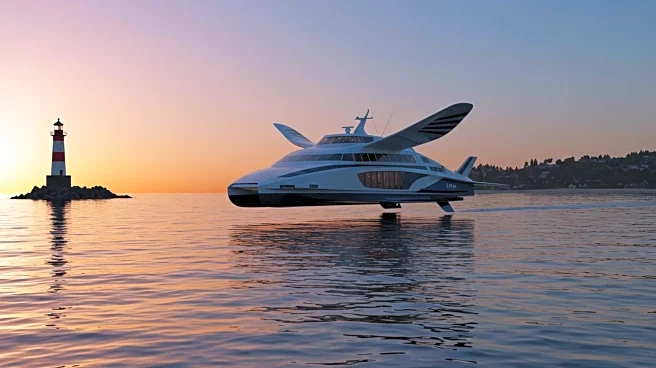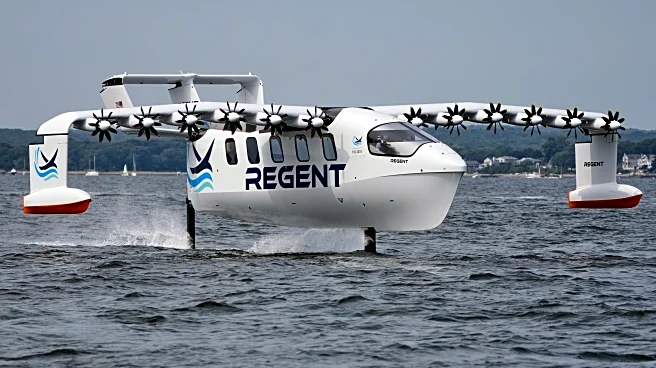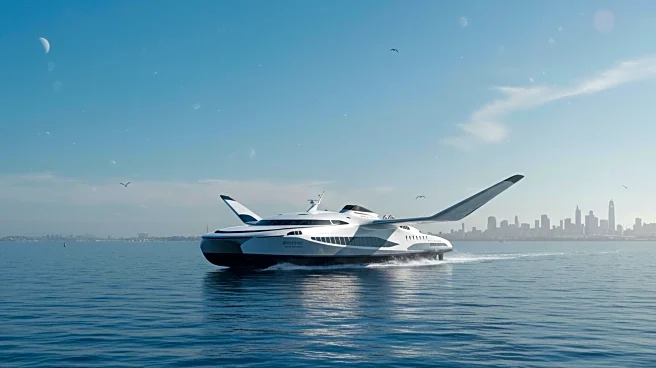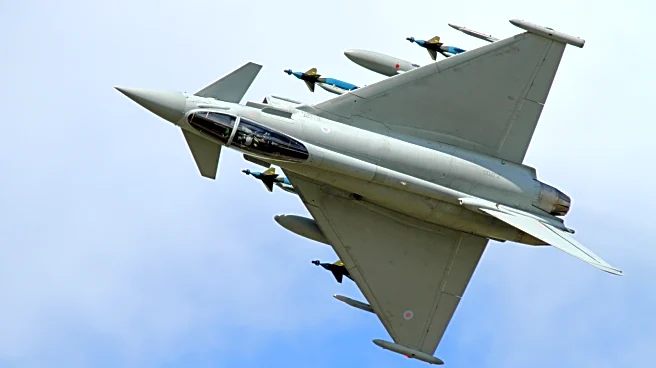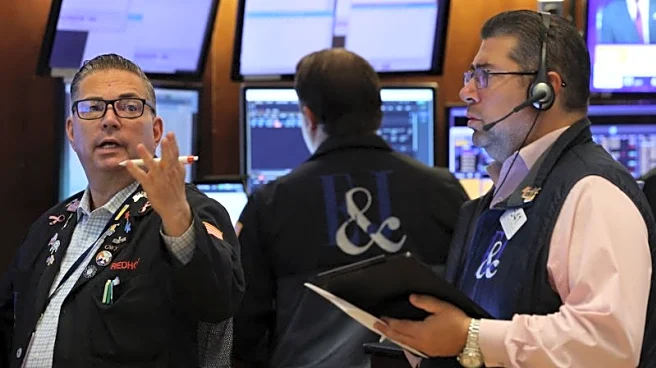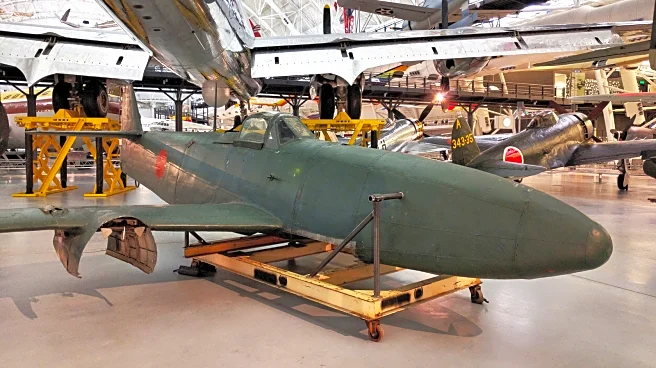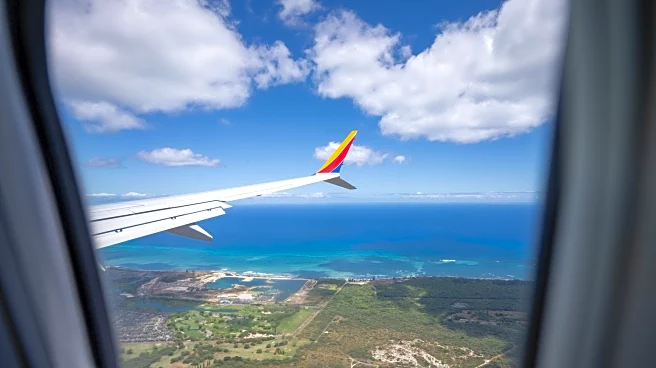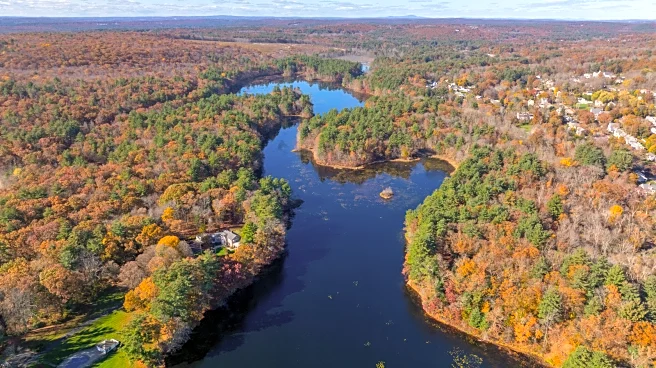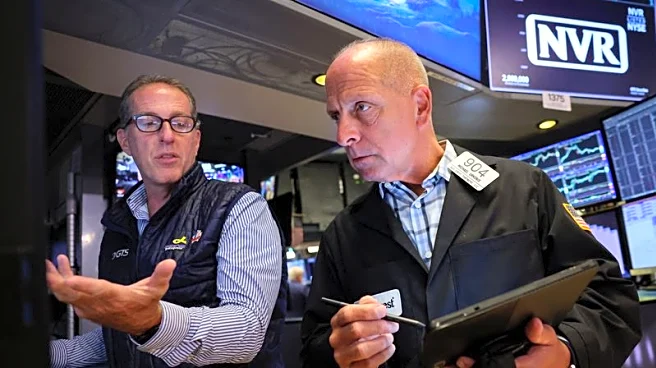What is the story about?
What's Happening?
Regent Craft is testing a new winged passenger ferry, named Paladin, off the coast of North Kingston, Rhode Island. The vessel, which resembles an airplane, is designed to glide over water using hydrofoils and can reach speeds of up to 180 miles per hour. The ferry aims to revolutionize coastal transportation by offering a faster and more efficient alternative to traditional methods. Regent Craft plans to use the Paladin for commercial ferry routes and military applications, with backing from investors like Peter Thiel and Mark Cuban.
Why It's Important?
The development of the Paladin represents a significant advancement in transportation technology, potentially transforming coastal travel by reducing travel time and emissions. It could impact industries such as tourism and logistics by providing a faster and more sustainable option for short-distance travel. Additionally, its military applications could enhance U.S. capabilities in the Indo-Pacific region, offering strategic advantages in troop and cargo transport. The project also highlights the growing interest in electric-powered transportation solutions.
What's Next?
Regent Craft plans to conduct further test flights of the Paladin and aims to prove its seaworthiness to the U.S. Coast Guard and other regulators. The company is preparing for commercial operations by 2027, with manufacturing facilities under construction. Future customers are being lined up for routes in Florida, Hawaii, Japan, and the Persian Gulf. The U.S. Marines are also exploring military uses for the vessel, which may involve modifications for longer journeys.
Beyond the Headlines
The Paladin's design leverages 'ground effect' technology, similar to that used by birds, to conserve energy while gliding. This innovation could lead to broader applications in transportation and military operations, potentially influencing future designs of marine and aerial vehicles. The project also raises questions about regulatory classifications and safety standards for new types of transportation technologies.
AI Generated Content
Do you find this article useful?
